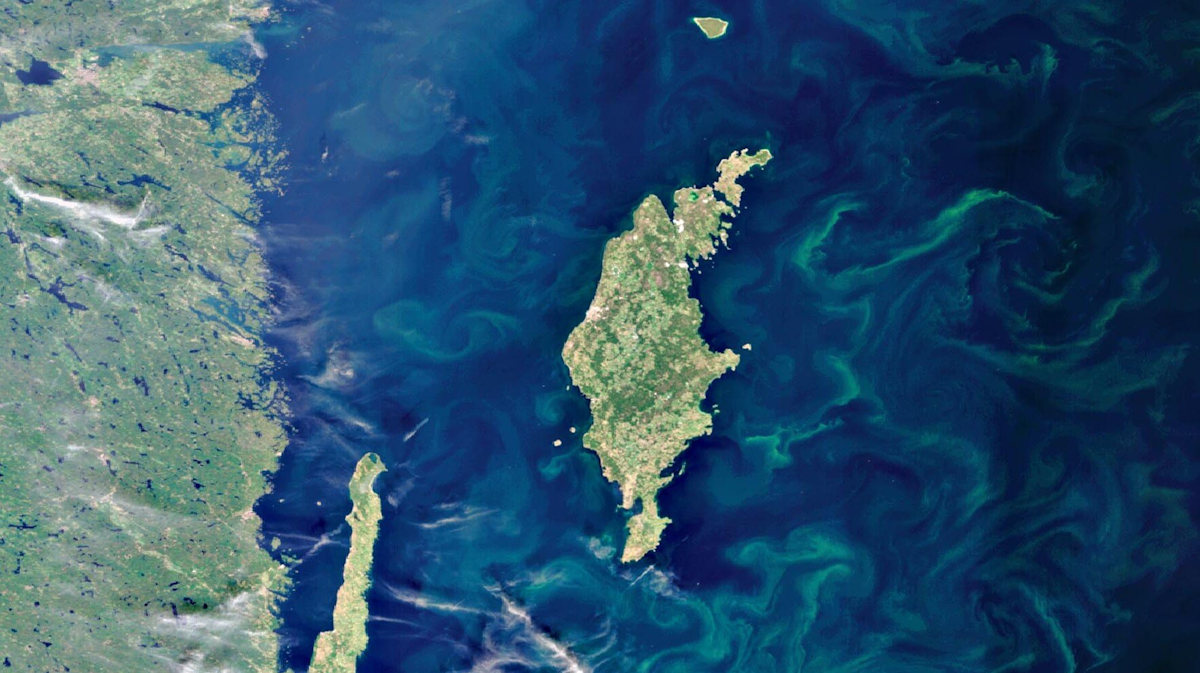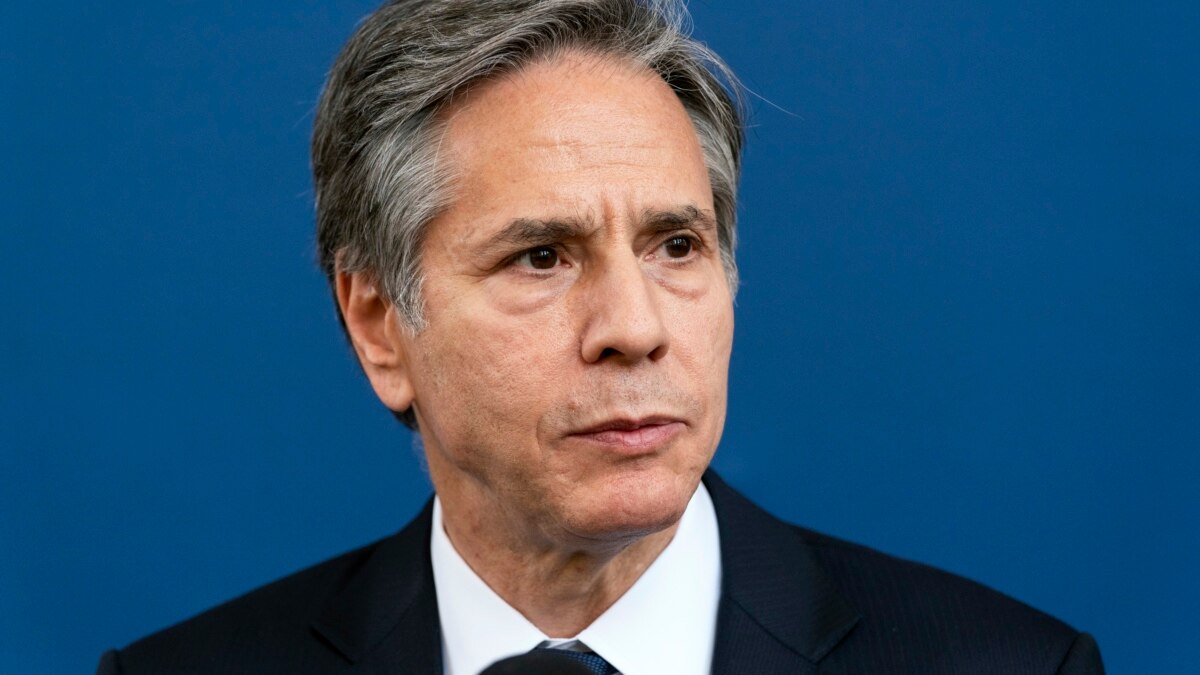[ad_1]
Photo credit: ESA, CC BY-SA 3.0 IGO
INDIA & SWEDEN – Ralegan Siddhi, a drought-prone and semi-arid village in the west Indian state of Maharashtra, doesn’t seem to have much to offer for a Swedish island in the Baltic Sea. But since 1975 the village has developed into a model for environmental protection with innovative methods of rainwater harvesting.
The same methods are now being used on the Swedish island of Gotland, whose southernmost peninsula, Storsudret, suffers from freshwater shortages.
“India is very good at traditional rainwater harvesting – so I brought some knowledge from India to Gotland,” said Rupali Deshmukh, researcher and country manager for India, business development and marketing at the Swedish environmental research institute IVL.
“Drainage is the issue in both Gotland and Ralegan Siddhi,” she said.
Her research uses methods such as groundwater ponds and dams to slow rainwater runoff. This should allow the locals to collect, disinfect and save the water for later use.
“We are implementing the traditional rainwater harvesting technologies that have been implemented in India,” she said. “We have to change this way of thinking that we have to bring everything from the western world to the east.”
This is just one of many promising technologies being developed in India, she says. In another region she studied the water extraction methods of the West Bengal region, near the Himalayas. Here the SPONGE project uses a combination of fog and dew collection nets and a conventional rainwater collection system to supply potato farmers with water.
This low-tech, low-cost solution works well for the region’s climate and traditional farming communities. “It rains in this area from time to time and the population is really poor,” she said. “Few people are trained in using high-tech technologies.”
While women in the region used to walk miles a day for groundwater and surface water, technology now enables these women to gain more independence and strength in society. The project thus contributes to the achievement of the UN sustainability goals SDG5 (Gender Equality) and SDG6 (Clean Water and Sanitation).
She said the Indian government is starting to invest heavily in water scarcity technologies, both to improve sanitation and to unlock the country’s agricultural and industrial potential.
Although the Indian government is enthusiastic about investing in these renewable water technologies, one remaining challenge is to change how the public thinks about the benefits.
She explains that many in Indian society still view disinfected wastewater as unusable and are unlikely to drink it or use it for agriculture. This means that Indian laws promoting circular water supply will face public backlash if people are not better informed about the process.
Fortunately, her experience in Sweden has shown her that involving locals in research and politics can give them a sense of ownership and increase their acceptance in society.
“Small seminars can make a big change in the Indian way of thinking,” she says. “If you can be one of the pillars [of lawmaking]then the policy can be robust and easy to implement. “
Because of this, Rupali believes Europe can help India and other developing countries get the most out of circulating water solutions. “India is ready. They have a huge budget,” she said.
“The European side must help them with their transition so that their transition to SDG6 can go smoothly. Just a small push for developing countries can have a bigger impact on a global scale.”
Rupali attended a NextGen Replication Potential meeting earlier this year, where stakeholders from India and China met to discuss the lessons of the Gotland case.
“The circulating water solution is a future, if we don’t respect that, we will definitely have to accept the big losses. Everyone understood that this is the future, reuse, recycle, recover. If we don’t focus on these three areas, we are in big trouble. “
SOURCE: Fintan Burke, CORDIS
[ad_2]



